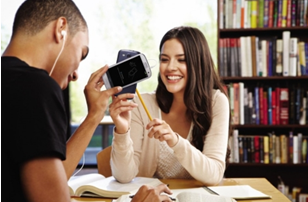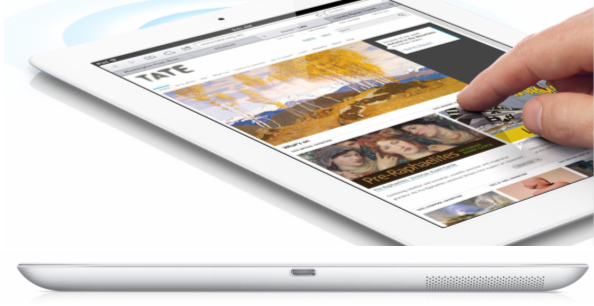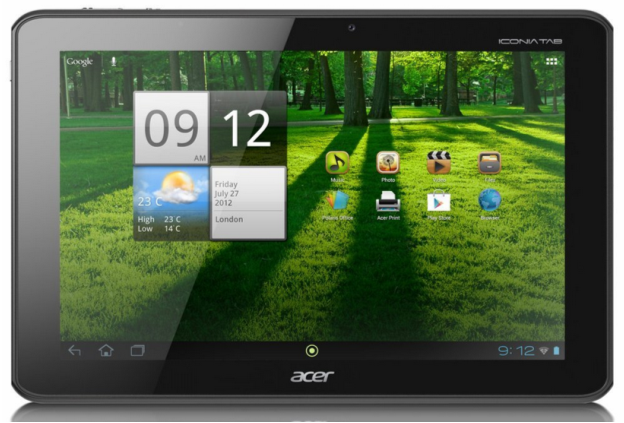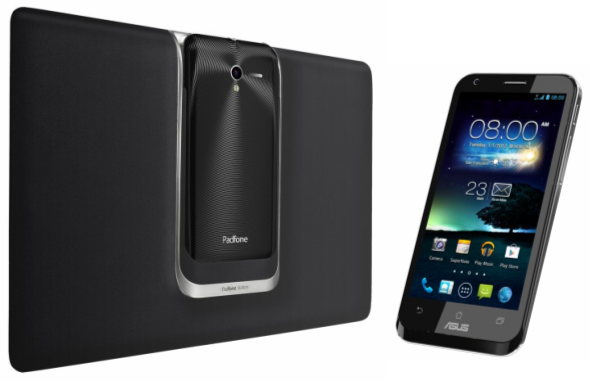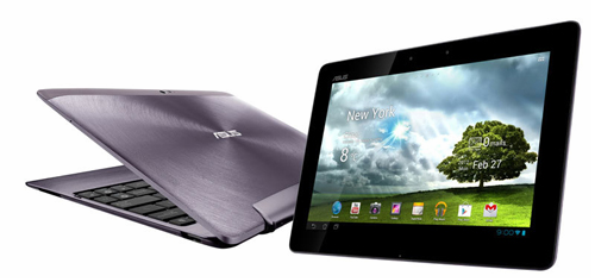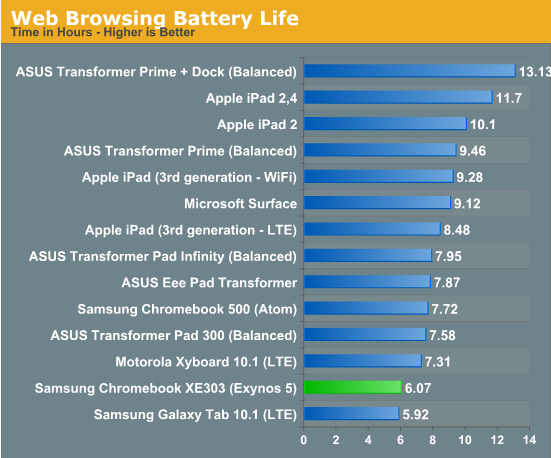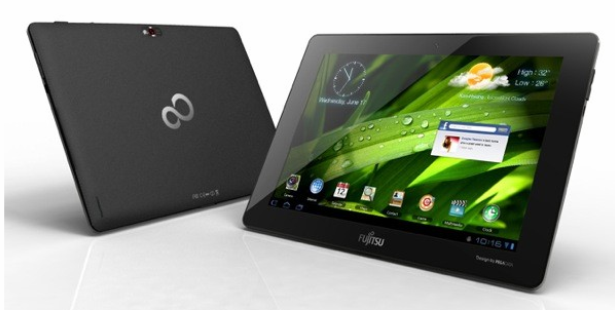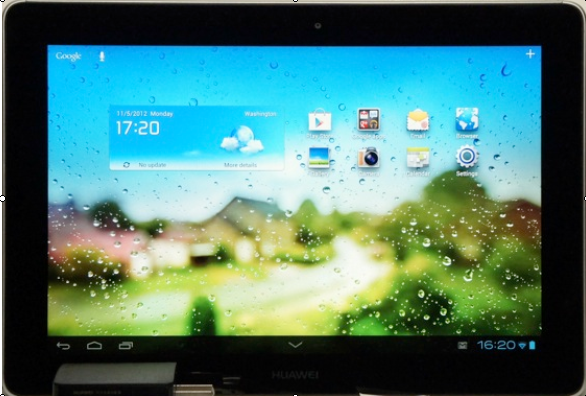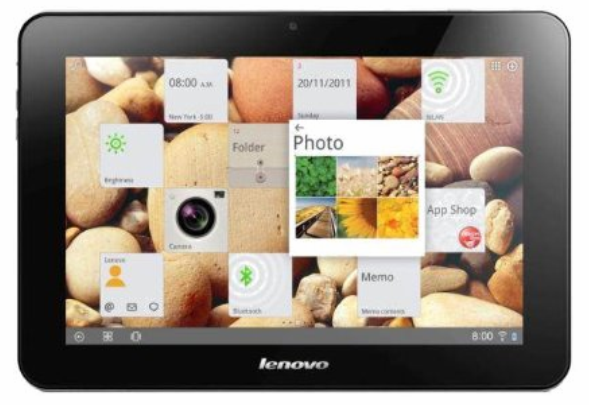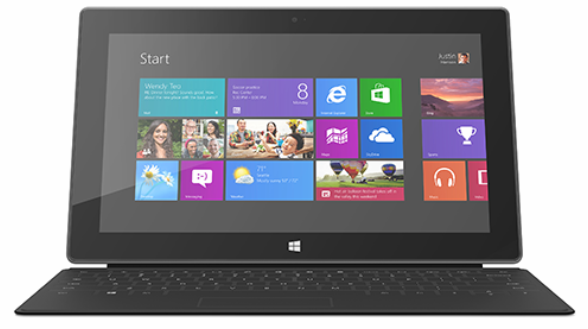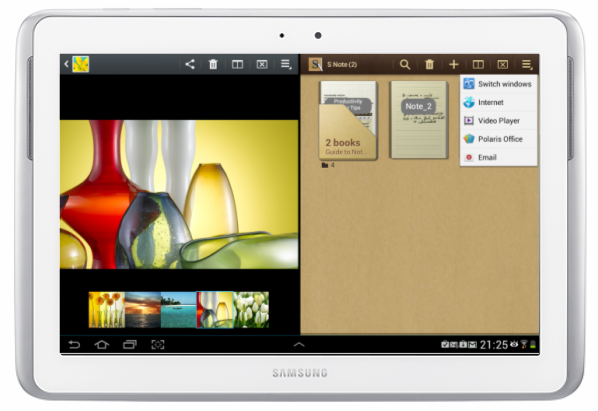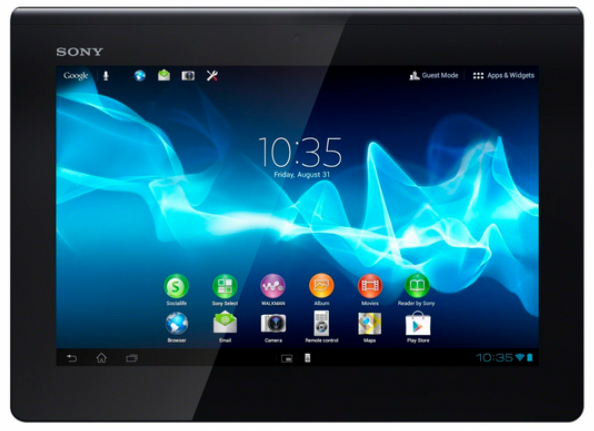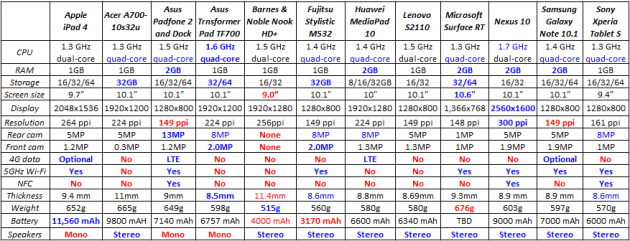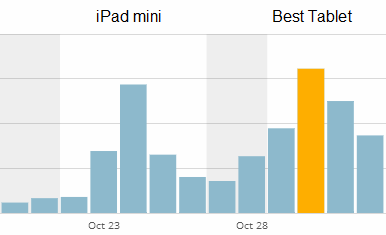What Is The Best Smartphone of 2012? (Q4 Update)
November 27, 2012 7 Comments
Last updated: January 5, 2013
Since this article was first written, an updated version has been posted here. Check it out. A lot has changed.
A lot has changed since I last compared smartphones back in September. Back then, the top six smartphones were the Apple iPhone 5, LG Intuition 4G, LG Optimus G, Samsung Galaxy Note 2, Samsung Galaxy S III and the Sony Xperia V. Surprisingly, four of these phones retained their place on the list of finalists, but they were joined by four new phones which were introduced earlier this month.
The Runners-up
To create the list of candidates for smartphone of the year, I made a spreadsheet containing the specs for the best smartphones on all platforms. I then separated the chart into finalists and runners-up – which you can see below.
Click on the chart below to make it readable
In case you’re wondering why none of the phones above made the list of finalists, each of these have a deficit in one or more areas. I want to stress that many of the above phones are good phones. Some, like the Huawei Ascend D1 Quad XL, LG Intuition 4G, Motorola Droid RAZR MAXX HD, Nokia Lumia 920, Sony Xperia T, Sony Xperia V, and Samsung Galaxy Nexus are great phones, but they are not the best phones of 2012.
The Finalists
Each of eight phones below have significant advantages over the phones in the above chart. Our finalists are Apple’s iPhone 5, HTC’s Droid DNA, HTC’s Windows Phone 8X, HTC’s One X+, LG’s Nexus 4, LG’s Optimus G, Samsung’s Galaxy Note 2 and the Samsung Galaxy S III.
You can see all of the key specs for the top eight finalists below. Items which appear as blue-faced text show the winner in each area. Items which appear in red-faced text indicate an area of weakness compared to the other phones in this chart.
Before we try to pick a winner, let’s go through each component, starting with the processor.
The Processor
The processor is like the engine in your car and plays an important role in its speed. Today, most of the best smartphones have quad-core processors running at 1.5GHz or higher. Having four different cores allows your phone to do more things at once without slowing down. Quad-core processors are also more efficient and have better battery life than some dual-core CPUs. When it comes to the fastest processor speed, the HTC One X+ wins, with its overclocked 1.7GHz quad-core processor, However, it’s running a year old Tegra 3 processor while the Droid DNA, Nexus 4 and LG Optimus G are running a more advanced Snapdragon S4 Pro processor. The Exynos 4412 processor in the Galaxy Note 2 is also overclocked to 1.6GHz and comes close to the S4 Pro in performance. It’s worth mentioning while the S4 Pro-based phones win when it comes to processor, the Galaxy Note 2 and HTC One X+ also perform very well. Apple is clearly behind when it comes to the CPU alone. It has a much slower processor speed and it’s a dual-core processor, instead of quad-core processor. Although the iPhone 5 has a processor clock speed that is 70% slower than the HTC One X+, it does pretty well in some graphics-related benchmarks. You shouldn’t read too much into mobile benchmarks however, because they rarely translate into real-world performance.
Winner: Tie: Droid DNA, Nexus 4, LG Optimus G
Memory and Storage
Both the Samsung phones and the iPhone 5 are available in 16, 32 or 64GB sizes. Five of our finalists have 2GB of RAM, which can speed things up when multiple apps are running. But, only the Windows Phone 8X, Galaxy Note 2, and Galaxy S III can have their memory expanded because they have a memory card slot.
Although this category is close, the LG Optimus G wins because it is the only phone here that starts with 32GB of memory and has 2GB of RAM.
Winners: LG Optimus G
The Screen
When it comes to overall specs, the 5.0″ inch screen in the HTC Droid DNA is second to none. This screen is an inch bigger than the iPhone 5’s, but easier to hold than the Galaxy Note 2, because it’s not as wide (70.5mm vs. 80.5mm). The Droid DNA easily beats the iPhone 5 in both total pixels (1920×1080 vs. 1136×640)) and resolution (441 PPI vs. 326 PPI).
However, the iPhone 5 does have a high-quality screen which does well in areas like color accuracy and brightness, but it get beat by the Galaxy S III in areas like color gamut. Color gamut is the range of color a display can reproduce. IHS says the iPhone 5′s display only reaches 72% of the NTSC color gamut, while the SIII sits at 100%.
Winner:
Size: Samsung Galaxy Note 2
Resolution: Droid DNA
Color accuracy: iPhone 5
The Camera
When it comes to megapixels, the current leader is the LG Optimus G which has a 13-megapixel camera. Although all of the other phones here have 8 megapixel cameras, the cameras in the Apple iPhone 5, HTC One X+ and Samsung Galaxy S III are quite good, but each have issues. For example, the camera in the iPhone 5 has issues with noise in low light situations and over-sharpening which adds distortion. The Galaxy S III beats it in both of these areas. The camera in the iPhone 5 often beats the others when it comes to color accuracy in good light. When it comes to front cameras, the iPhone 5 and Nexus 4 are the worst performers here.
Winner: LG Optimus G
Connectivity
When it comes to connectivity, every phone here has 4G LTE support, although the Nexus 4 only supports this feature in some areas.
When it comes to Wi-Fi support, every phone here but the HTC One X+ and LG Optimus G support dual-band 2.4GHz/5.0GHz Wi-Fi. The 5GHz band is not near as susceptible to interference from cordless telephones, microwave ovens, baby monitors, Bluetooth devices and wireless keyboards. It’s also a much less crowded band which should be used when possible.
Every phone here except the iPhone 5 has support for Near Field Communications or NFC. NFC allows two devices to communicate when they’re moved close together. This allows you to buy things at over 300,000 MasterCard PayPass-enabled terminals as well as beam, music, photos, web pages, contacts, maps, YouTube videos and more, from one phone to another. NFC is a very important feature which will one-day change the way we shop and transfer data from phone to phone.
Winners: Tie: HTC Droid DNA, Windows Phone 8X, Samsung Galaxy Note 2, Samsung Galaxy S III.
The Case
When it comes to the case, the iPhone 5 does well. It’s thinner and lighter than all of the other finalists here and constructed entirely out of aluminum and glass.
Winner: iPhone 5
The Battery
When it comes to the battery, the Samsung Galaxy Note 2 easily wins. Its battery has over twice as much power as the battery in the iPhone 5.
Winner: Samsung Galaxy Note 2
The Operating System
When it comes to the operating system, you can make strong arguments for iOS 6, Android 4.2 and Windows Phone 8. You can read more about how Android and iOS compare in my other blog posts.
Winner: Tie: iOS 6, Android 4.2 and Windows Phone 8
And the Winner is…
Back in September, the best smartphone award went to the Samsung Galaxy Note 2. This time around it’s not so easy to pick a winner. Best is a subjective term. What I’m really talking about is the smartphone with the best overall hardware specs. Based on that definition, neither the iPhone 5 or Samsung Galaxy S III can be considered the “phone of the year.” Both are great phones, and both are extremely popular, but they are not the best phones available today. So what is the gold medal winner? For me, it’s a toss-up between the Droid DNA, LG Nexus 4 and LG Optimus G. The Droid DNA wins when it comes to the display. The Optimus G wins on paper when it comes to storage and its 13MP camera — however not all reviewers love its camera. And last, but not least, the Nexus 4 is the only phone here which runs Android 4.2 and has a new-gen quad-core processor — however you shouldn’t buy it if you live in the U.S and LTE support is essential to you.
What About the iPhone 5?
Some of you are probably wondering why the iPhone 5 wasn’t a more serious contender because it’s so popular. As you can see above, the iPhone 5 lags is almost every area. It just can’t compete with phones like the Droid DNA, or even the Samsung Galaxy S III, which is much older. I’m not the only one who feels this way. Consumer Reports recently said the iPhone 5 is the worst of the top smartphones. They ranked it below the LG Optimus G and Samsung Galaxy Note II, as well as older phones like the Droid RAZR MAXX, Droid RAZR HD, Samsung Galaxy S III and HTC One S. You can read more about this when their February issue hits the newstands and Internet.
How to Pick Out the Perfect Phone
In the end, your definition of the perfect phone depends on what’s most important to you. This article should help you narrow down your options to only a few phones. Since most of us are on two-year contracts with a carrier, you need to determine which of the phones you are intereted in are carried by your carrier. I suggest you then read the full reviews for each phone you are considering. Finally, it’s essential that you go to a retail store and actually try the phone before you buy it. Happy shopping!
– Rick
Copyright 2013 Rick E. Schwartz. All rights reserved. Linking to this article is encouraged
Follow me on Twitter @mostlytech1







